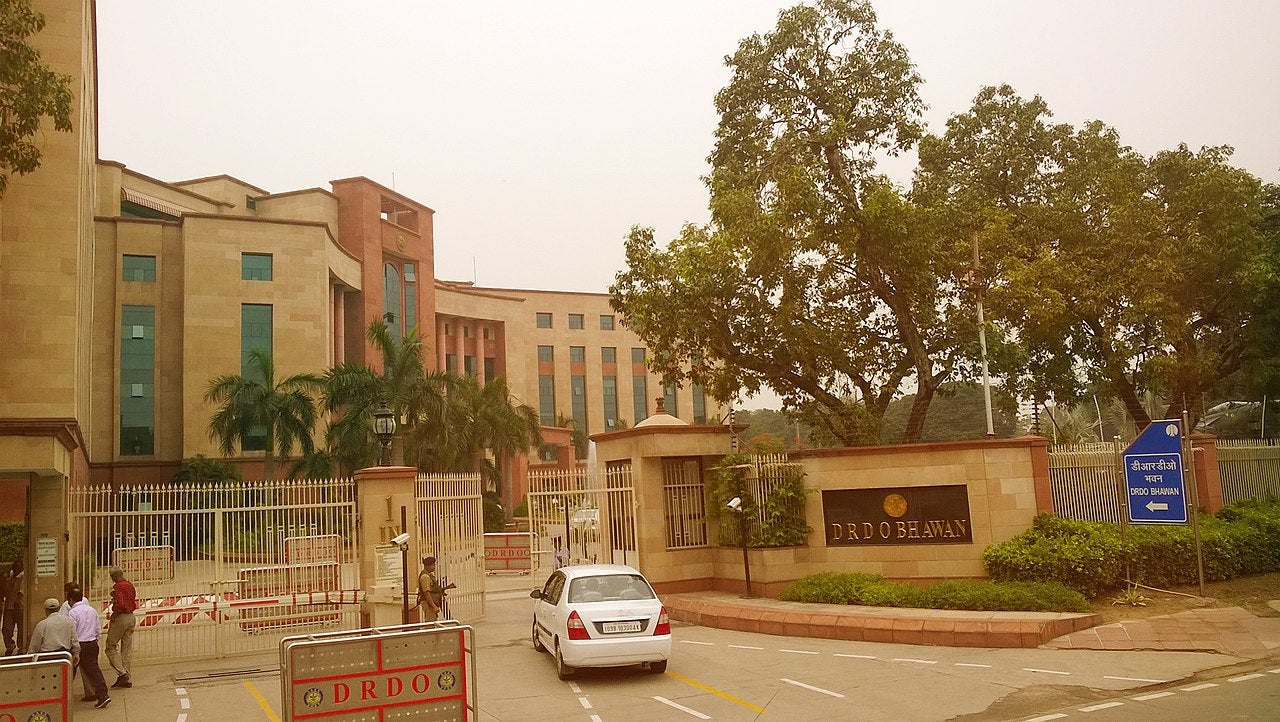
The Defence Research and Development Organisation (DRDO), in India, has tested an army version of the Medium-Range Surface-to-Air Missile (MRSAM) system.
According to the Indian Ministry of Defence statement, DRDO conducted two flight tests of the MRSAM at the Integrated Test Range in Chandipur, off the coast of Odisha.
During the tests, the missiles successfully intercepted and destroyed high-speed aerial targets.
The MRSAM intercepted a medium-altitude long-range target in the first test and a low-altitude short-range target in the second.
DRDO developed the MRSAM in collaboration with Israel Aerospace Industries (IAI). It is capable of destroying uncrewed and crewed aircraft, helicopters, and cruise missiles, reported The Times of India.
The system includes a multifunction radar, a mobile launcher system, and other vehicles. The latest flight tests were conducted with the weapon system in deliverable configuration.
The system will be used by the Indian Army.
Following the successful test, the Indian Minister of Defence Rajnath Singh congratulated the DRDO, the Indian Army, and the industry.
“He said both the successful tests established the capability of the weapon system in intercepting targets at critical ranges,” the Ministry of Defence statement said.
DRDO is a government agency that focuses on military research and development.
In December last year, DRDO conducted the first flight test of the surface-to-surface Pralay missile. The test met all mission objectives.
This year, India allocated $70bn (Rs5.25tn) for the defence ministry. The figure represents a 4.5% increase over the last revised estimates.



